By Chuck Lyons
On February 7, 1943, while on patrol in the Southwest Pacific Ocean, U.S. Navy Commander Howard W. Gilmore, commander of the USS Growler (SS-215), and his crew carved out a place for themselves in Navy legend and set a standard of duty that is remembered in the submarine service today. For his actions that day, Gilmore received the Medal of Honor.
Growler had departed Brisbane, Australia, on January 1, 1943, to patrol shipping lanes between Truk and Rabaul in the Bismarck Islands, off the northeastern coast of New Guinea, an area that was bristling with Japanese aircraft and armament. During the month of January, Growler sank a number of Japanese cargo ships. Then, there was trouble.
On the night of February 4, Growler spotted a Japanese convoy of merchant ships with two patrol boats escorting it. Because of the weather conditions and resulting poor visibility, Gilmore opted for a surface attack. Growler slipped through the darkness to get ahead of the Japanese ships. As the Gato-class submarine was closing in, the lead Japanese ship spotted her and opened fire. Gilmore quickly took the boat down and rigged her for a depth charge attack.
For what seemed like hours but was actually only about 40 minutes, depth charges shook the submarine, eventually rupturing a manhole gasket in the forward main ballast tank. Seawater poured into the forward torpedo room until a damage control party was able to staunch the flow with a rubber sheet stretched over the manhole secured with jacks.
Meanwhile, the Japanese attack had finally ended, and Gilmore came up to periscope depth where he saw three of the Japanese ships pulling away while one patrol boat remained in the area. Growler’s pumps were keeping up with the seawater still seeping into the forward part of the boat, and Gilmore kept Growler submerged and quietly slipped away.
When darkness came, Gilmore took the vessel to the surface and made the necessary repairs. Afterward, Growler continued its mission.
When the Japanese attacked Pearl Harbor on December 7, 1941, the Navy had 55 submarines in the Pacific Ocean with the speed, range, and endurance to operate as part of the Navy’s battle fleet. In addition, the Navy had 18 medium (or S-boat) submarines, slower and of more limited range. The Navy withdrew the S-boats from service in mid-1943 as new fleet submarines were produced. The S-boats were then relegated to training.
A short six hours after the Japanese attack, the Navy chief of staff ordered U.S. forces in the Pacific to execute unrestricted air and submarine warfare against Japan. That order authorized all U.S. submarines in the Pacific to attack and sink without warning any warship, commercial vessel, or civilian passenger ship flying the Japanese flag.
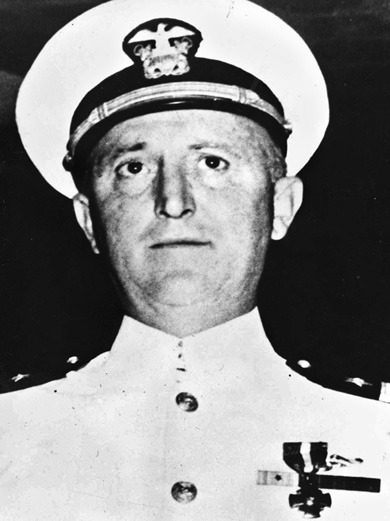
“When I took command of the Pacific fleet on December 31, 1941, our submarines were already operating against the enemy, the only units of the fleet that could come to grips with the Japanese for months to come. It was to the submarine force that I looked to carry the load,” wrote U.S. Pacific Fleet Commander Admiral Chester Nimitz.
The four U.S. submarines in Pearl Harbor at the time of the Japanese attack—USS Narwhal, Dolphin, Tautog, and Cachalot, in the Navy Yard for repairs—had escaped the attack without damage. They and other U.S. submarines had gone on patrol as early as December 11, 1941, in the waters around the Philippines and Indochina.
The United States’ unabating submarine attacks on Japanese shipping during the next three years were to prove a decisive factor in the collapse of the Japanese economy. Over the course of the war, U.S. submarines, though they accounted for only about two percent of the U.S. Navy, destroyed more than 30 percent of the Japanese Navy, including eight aircraft carriers, one battleship, and 11 cruisers. U.S. submarines also destroyed more than 60 percent of the Japanese merchant fleet, crippling Japan’s ability to supply its military forces and industry.
Howard Gilmore was born in Selma, Alabama, on September 29, 1902. He joined the Navy on November 15, 1920, serving as a simple enlisted man. Two years later, he passed the examination to enter the U.S. Naval Academy and won an appointment. Gilmore graduated from the academy in June 1926, standing 34 in a class of 436 men. He received a commission and was assigned to serve on the battleship USS Mississippi and later on the destroyer USS Perry.
In 1931, Gilmore attended the Navy submarine school at New London, Connecticut, and from 1932 until 1935 received additional training at the Naval Postgraduate School and the Washington Navy Yard. He was then assigned to the newly built submarine USS Shark (SS-174), a Porpoise-class submarine, becoming her executive officer and navigator when she was commissioned in January 1936.
While with the Shark on her shakedown cruise, Gilmore went ashore in Panama and was attacked by a group of men who beat him and cut his throat. Luckily, he survived the near fatal attack and was eventually able to return to duty.
In 1941, Gilmore took command of the Shark but was transferred the day after the Japanese attack on Pearl Harbor to command of Growler, still under construction at the Electric Boat Company yard in Groton, Connecticut. Growler was commissioned on March 20, 1942. After her shakedown cruise, Growler began operating out of Pearl Harbor and was one of seven submarines assigned picket duty north and west of the islands as part of the Hawaiian defense during the early phases of the Battle of Midway in June 1942. Then she went on patrol.
In June 1942, on the first of her four war patrols under Gilmore’s command, Growler was assigned to patrol around Dutch Harbor, in Alaska’s Aleutian Islands, one of the few places on U.S. territory to be bombed by the Japanese during the war. That attack had come the previous May. Earlier in June, the Japanese were also successful in seizing and occupying the two Aleutian islands of Attu and Kiska.
Five days into that patrol, Gilmore saw his first action when three enemy destroyers were sighted lying at anchor. He fired three torpedoes, one of which hit the Japanese destroyer Arare amidships. As Growler surfaced, she could see the Arare burst into flames as her boilers exploded. Meanwhile, Gilmore’s second torpedo hit the bow of the destroyer Kasumi. A third Japanese destroyer, the Shiranuhi, fired two torpedoes at Growler before she in turn was hit in the bow by Gilmore’s third torpedo. The two Japanese torpedoes passed to each side, missing Growler as Gilmore took his submarine down.
The destroyer Arare was sunk, and the other two Japanese destroyers were severely damaged but were able to limp back to Japan for repairs. The official Navy report of the action erroneously credits Growler with sinking two of the Japanese destroyers.
It was an auspicious beginning, and the report of the action praises Gilmore and his crew. “The first war patrol of the Growler was extremely well conducted and the results were most gratifying,” states the report. “The attack on three anchored destroyers merits the highest praise.” For his actions, Gilmore was awarded a Navy Cross.
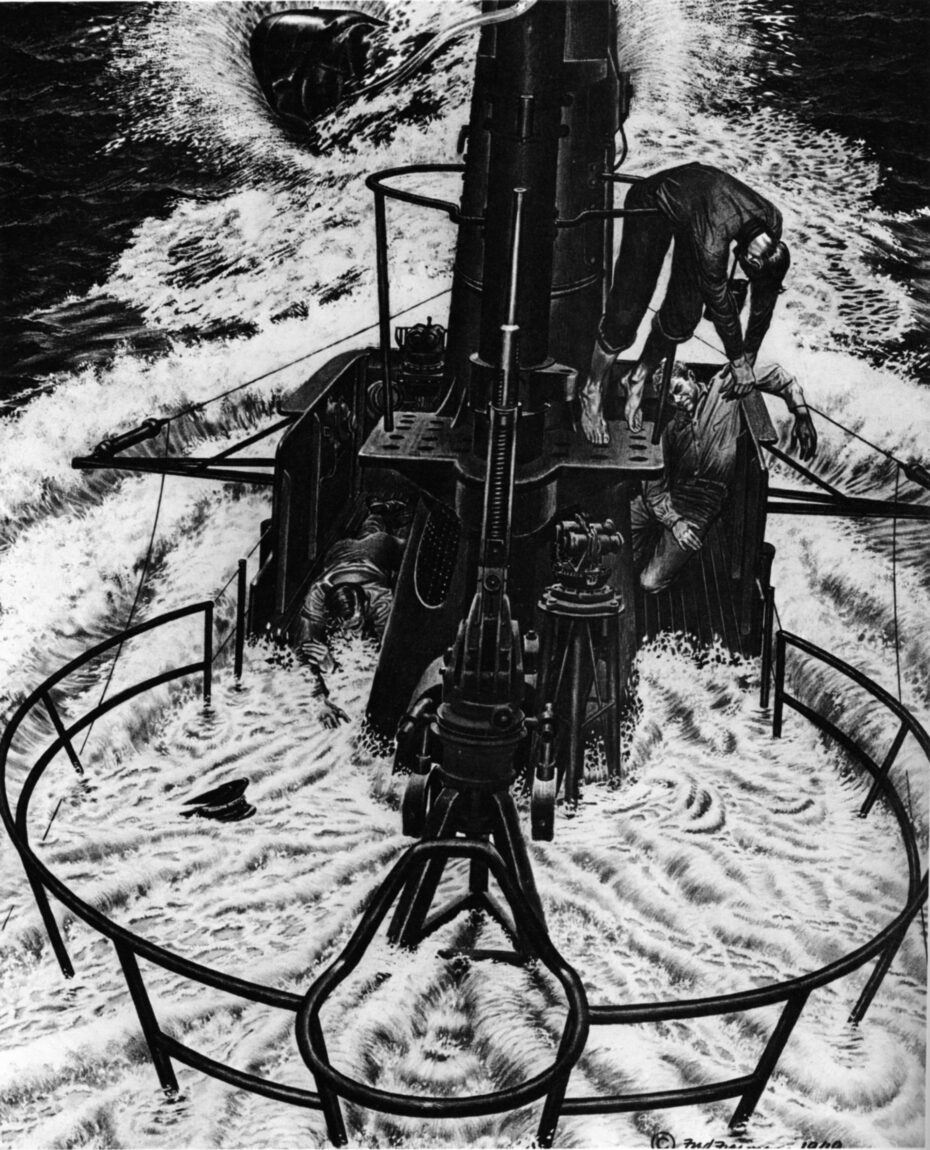
On Growler’s next two patrols, Gilmore added to his record by sinking four Japanese merchantmen in the East China Sea and being awarded a Gold Star in lieu of a second Navy Cross.
It is Growler’s fourth patrol that is remembered today.
The Japanese had overrun Rabaul in 1942 and converted it into their main base in the South Pacific. By 1943, there were about 110,000 Japanese troops based there. Truk, a second major Japanese base in the South Pacific, is located in the Caroline Islands and is about 1,800 miles northeast of Rabaul.
Growler had been in its patrol area only five days before sighting an enemy convoy. Maneuvering inside the convoy escorts, Gilmore fired two torpedoes that hit one of the Japanese cargo ships. As the stricken ship, the Chifuku Maru, a passenger and cargo ship of 6,000 tons, was sinking, Growler was spotted and forced to dive and ride out a depth charge attack.
Eight days later, she sank another 6,000-ton passenger and cargo ship, the Miyadono Maru. Gilmore then shifted his patrol area west to attack shipping between Truk and Palau in the Caroline Islands. Growler attacked and damaged a freighter and again suffered through a severe depth charge attack.
On February 4, Growler suffered the ruptured manhole cover gasket during the 40-minute depth charge attack against the four-ship Japanese convoy before slipping quietly away. After the repairs to damage from that attack had been made, Growler continued her patrol with Gilmore’s submarine making two more torpedo attacks but failing to sink any enemy shipping.
Shortly after 1 am on February 7, Growler was on the surface charging her batteries when a lookout spotted a Japanese gunboat, later identified as the Hayasaki, and began an approach. The Hayasaki was a 2,500-ton ship made especially to combat submarines. At the time, weather conditions, as well as the nighttime darkness, had reduced visibility considerably. As Growler approached, Hayasaki spotted her and quickly turned, intending to ram the American boat. Gilmore, who was on the bridge, sounded the collision alarm and sharply ordered “left full rudder” and “all ahead flank” in an attempt to avoid the impending collision. Instead, the sharp turn brought Growler into a ramming course of her own, and she struck the enemy ship amidships at 11 knots, ripping open Hayasaki’s side plating.
Hayasaki responded with murderous machine-gun fire from several .50-caliber guns at what was almost point-blank range, sweeping the submarine’s bridge and killing Officer of the Deck Ensign W. Williams and lookout Fireman W.F. Kelley. Two other crewmen on the bridge also were severely wounded, one having a leg blown off and the other suffering severe wounds to his arm. Gilmore was also severely wounded and was forced to clutch the bridge rail to remain upright. Growler was heeled over to 50 degrees and had bent 18 feet of her bow to the side. Her forward torpedo tubes were disabled.
Fearing his boat was about to be lost altogether if it did not submerge immediately, Gilmore ordered the bridge cleared. The executive officer and the quartermaster descended and pulled the two wounded men into the conning tower after them, but Gilmore was too badly wounded to make his way to the hatch and back into Growler.
Still clutching the rail, he ordered, “Take her down.”
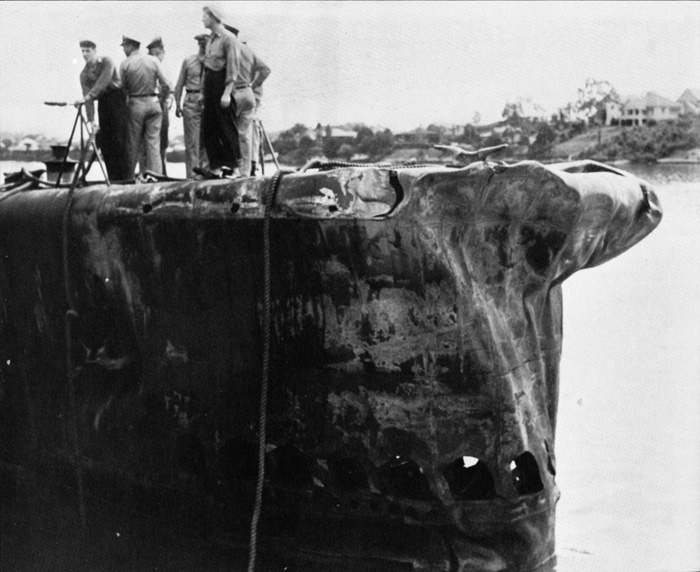
Executive Officer Lt. Cmdr. Arnold Schade, who had suffered severe bruising and was dazed after falling down the ladder into the control room, waited below. Hearing the order, he hesitated briefly and then obeyed. Some sources indicate that Schade acted to close the hatch only after Gilmore had given the same order a second time. Curiously, the official report of the incident, presumably written by Schade, does not mention the “take her down” order at all. The report reads that after the executive officer, the quartermaster, and two wounded men were inside the conning tower “about 30 seconds passed. No one else appeared at the hatch. Sounded diving alarm, closed the hatch. Submerged.”
Growler blew out its ballast tanks and slipped away from Hayasaki and below the waves as Hayasaki continued spraying the boat with machine-gun fire. Schade took command of Growler, which now had water in its control room from leaks in the conning tower and in the pump room, but was able to level the boat at a depth of 150 feet while crew members struggled to control the flooding. Three depth charges were noted but at a considerable distance from Growler.
“We had bullet holes in the conning tower which nearly flooded us out,” Schade reported. “It caused us to lose all auxiliary power and started an electrical fire. We stayed down for twenty minutes.”
By then the crew had stabilized the situation, and Schade had recovered his full senses. He brought Growler to the surface again seeking to reengage the enemy, but the Hayasaki was gone. Schade reported that she had been sunk, but the Japanese ship had been able to steam away under her own power. A search of the area failed to locate the bodies of Williams, Kelley, and Gilmore. Their bodies have never been found.
Schade took Growler back to Brisbane with her surface speed reduced by about 30 percent and her “diving control extremely difficult.” The boat arrived there on February 17. The submarine was immediately taken into dry dock and repaired. She fought again, at first under the command of Schade, who was at the time the youngest U.S. submarine commander in the service. Growler had also been given a new nickname.
“When the Australians replaced our damaged bow they put two little kangaroos there as a sort of figure-head,” wrote Schade. “It [was] our most prized distinctive marking.” The markings led to Growler being called the “Kangaroo Express.”
After the repairs, she continued operating in the Pacific. Growler was lost on her 11th war patrol in November 1944. On November 8, a submarine pack led by Growler, then under the command of Captain T.B. “Ben” Oakley, had closed on a Japanese convoy south of Mindoro in the Philippine Islands with Growler on the opposite side of the convoy from two other U.S. submarines. Growler ordered the attack to begin and then fell silent. After the attack was underway, the other U.S. submarines, Hake and Hardhead, reported hearing what sounded like a torpedo explosion and then a series of depth charge explosions on Growler’s side of the convoy, perhaps as many as three of the latter.
She had disappeared, and all efforts to contact Growler for the next three days proved futile. She was finally listed as lost. It was possible that she was hit by one of Hake’s or Hardhead’s torpedoes that had slipped past the Japanese ships, that she was hit by one of her own torpedoes that detonated early or that turned on her in a circular run, or she may have been simply sunk by the convoy’s escort vessels. She took 85 men down with her.
By the time of her loss, Growler had received eight battle stars for her role in the Pacific War, had sunk 17 enemy ships and 74,900 tons of enemy shipping, and had damaged seven additional enemy ships.
Gilmore remains her most decorated crew member. He received the Medal of Honor “for distinguished gallantry and valor above and beyond the call of duty,” according to the citation. The U.S. Navy called what happened during the encounter on February 7 “one of the most gallant actions in naval history” and “the most famous act of self-sacrifice known to the U.S. submarine service.”
He was the first of six submariners to receive the Medal of Honor during World War II and only the second submariner in the service’s history to be so honored. (The first submariner to receive the Medal of Honor was torpedoman Henry Breault, who returned to a sinking submarine to rescue a shipmate after a peacetime accident in 1926.)
Gilmore additionally was honored in September 1943 when the new submarine tender, USS Howard W. Gilmore (AS-16), was launched at the U.S. Navy Yard at Mare Island, California.
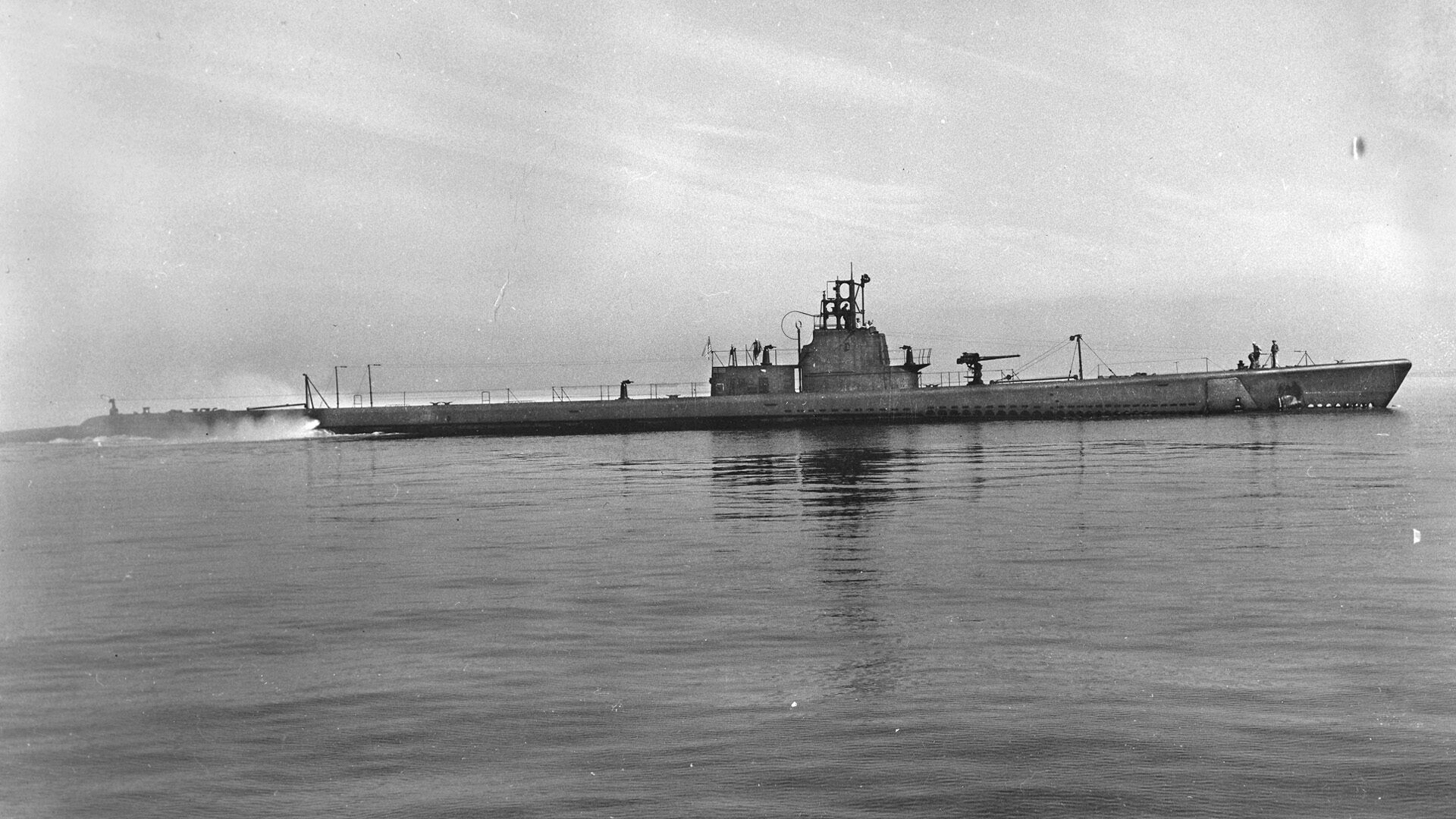

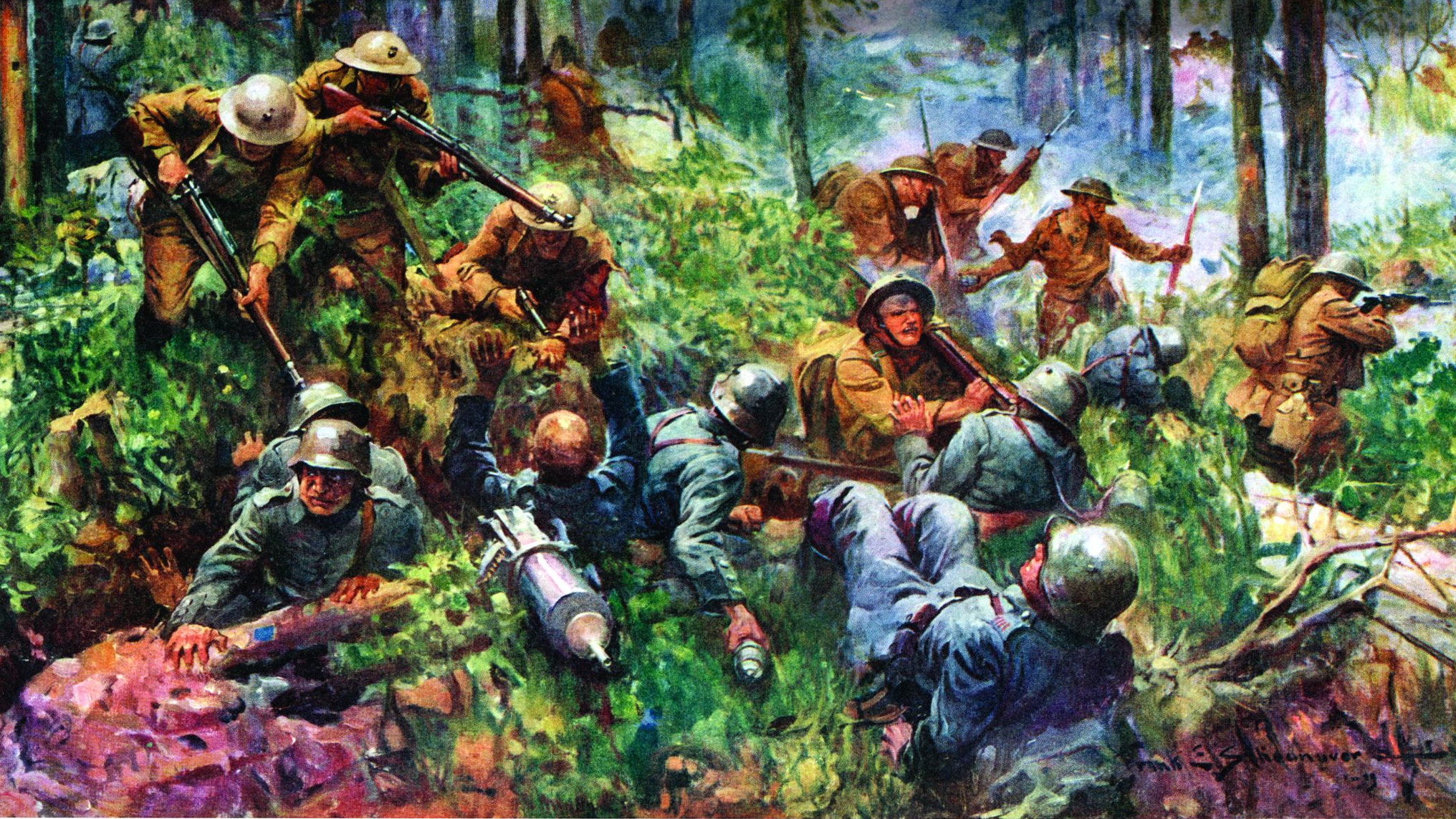
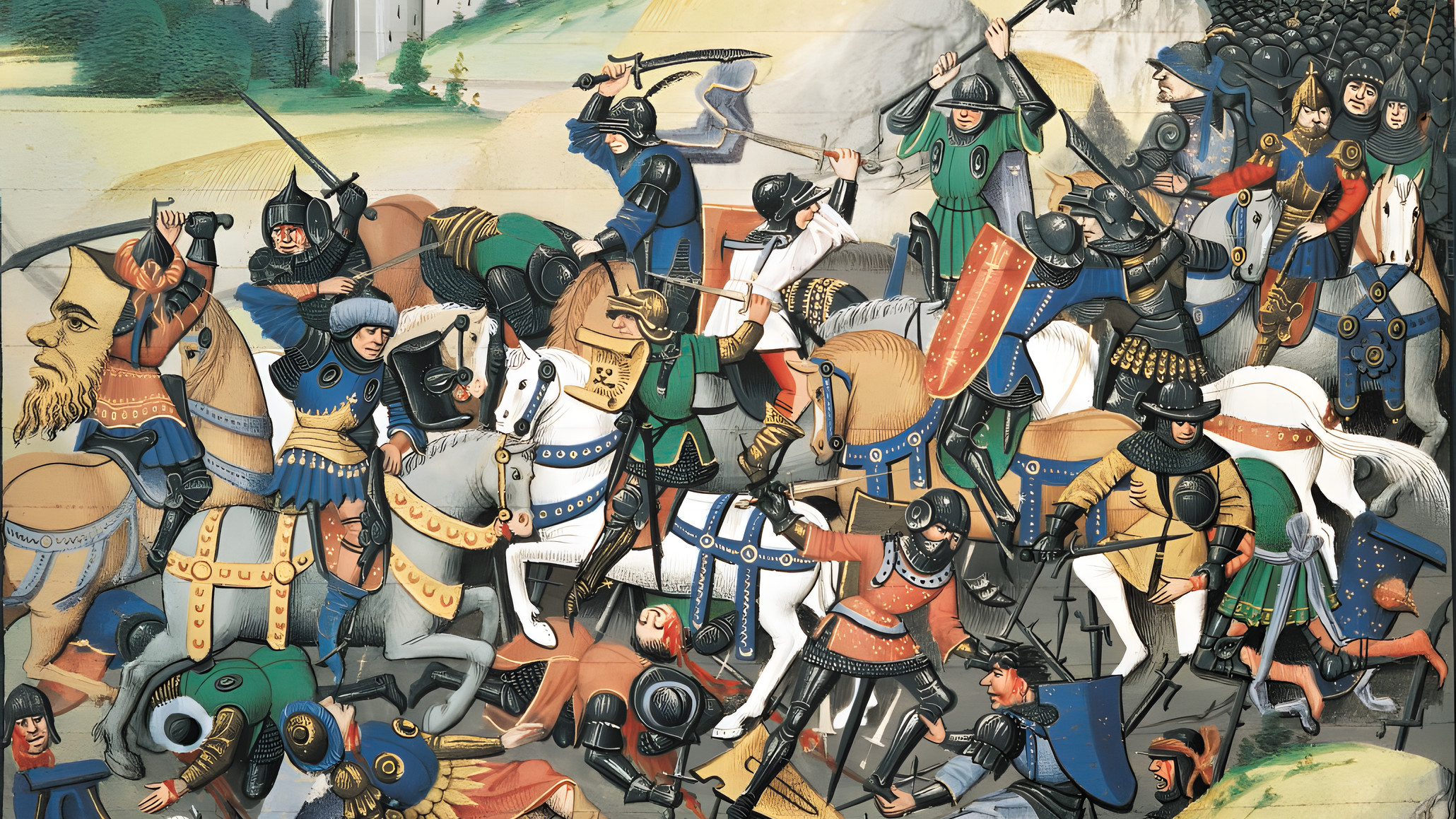
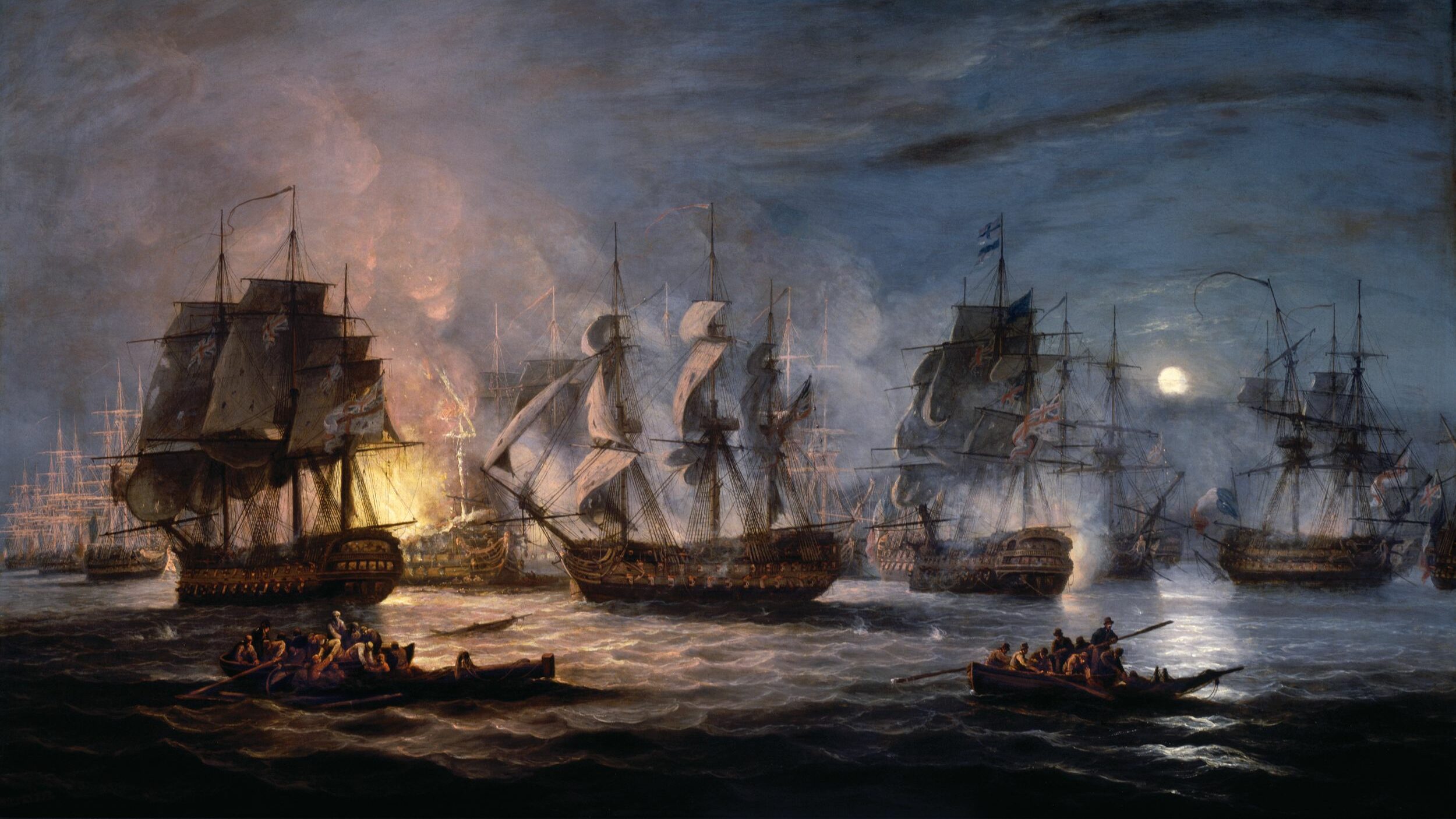
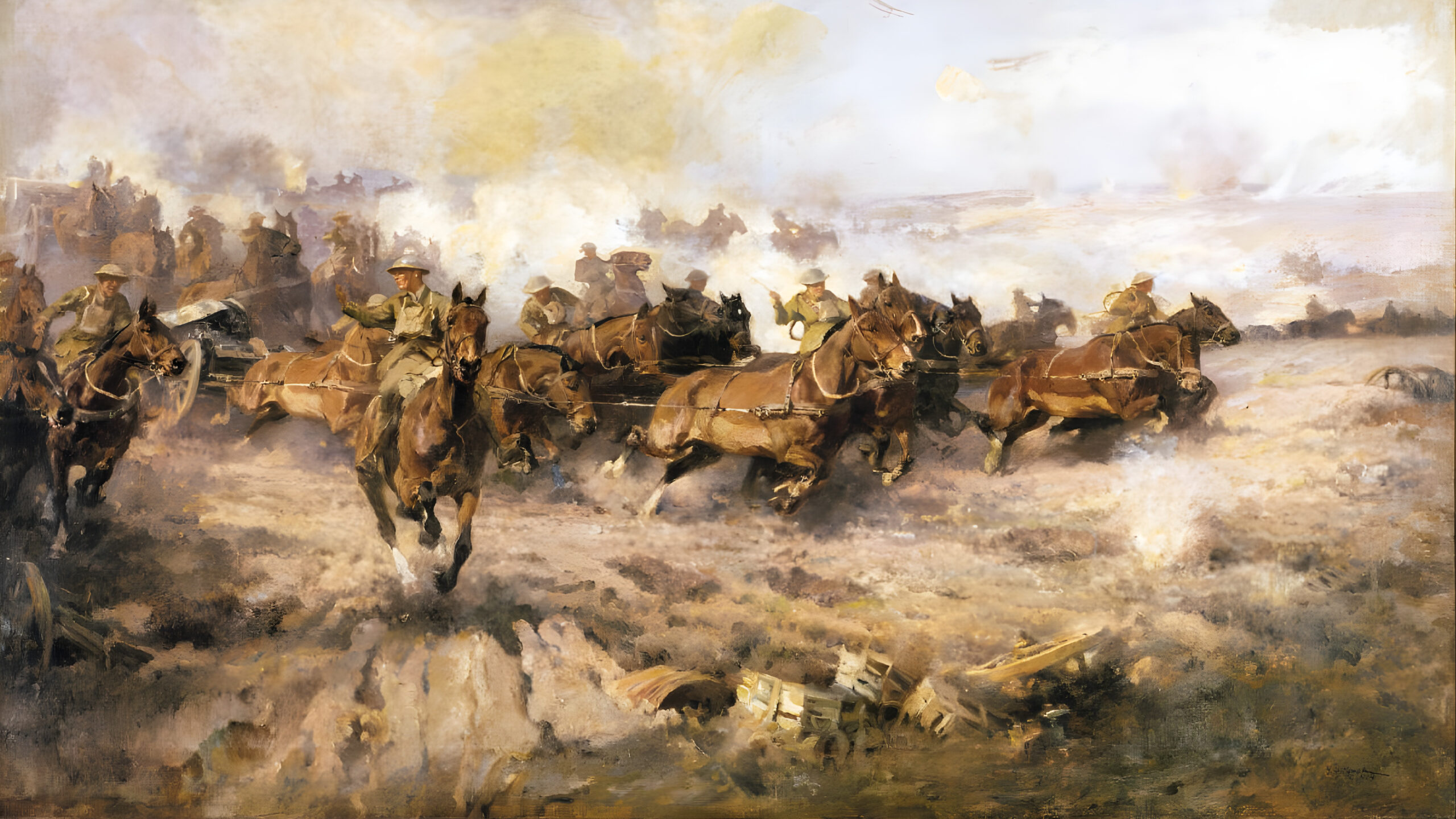
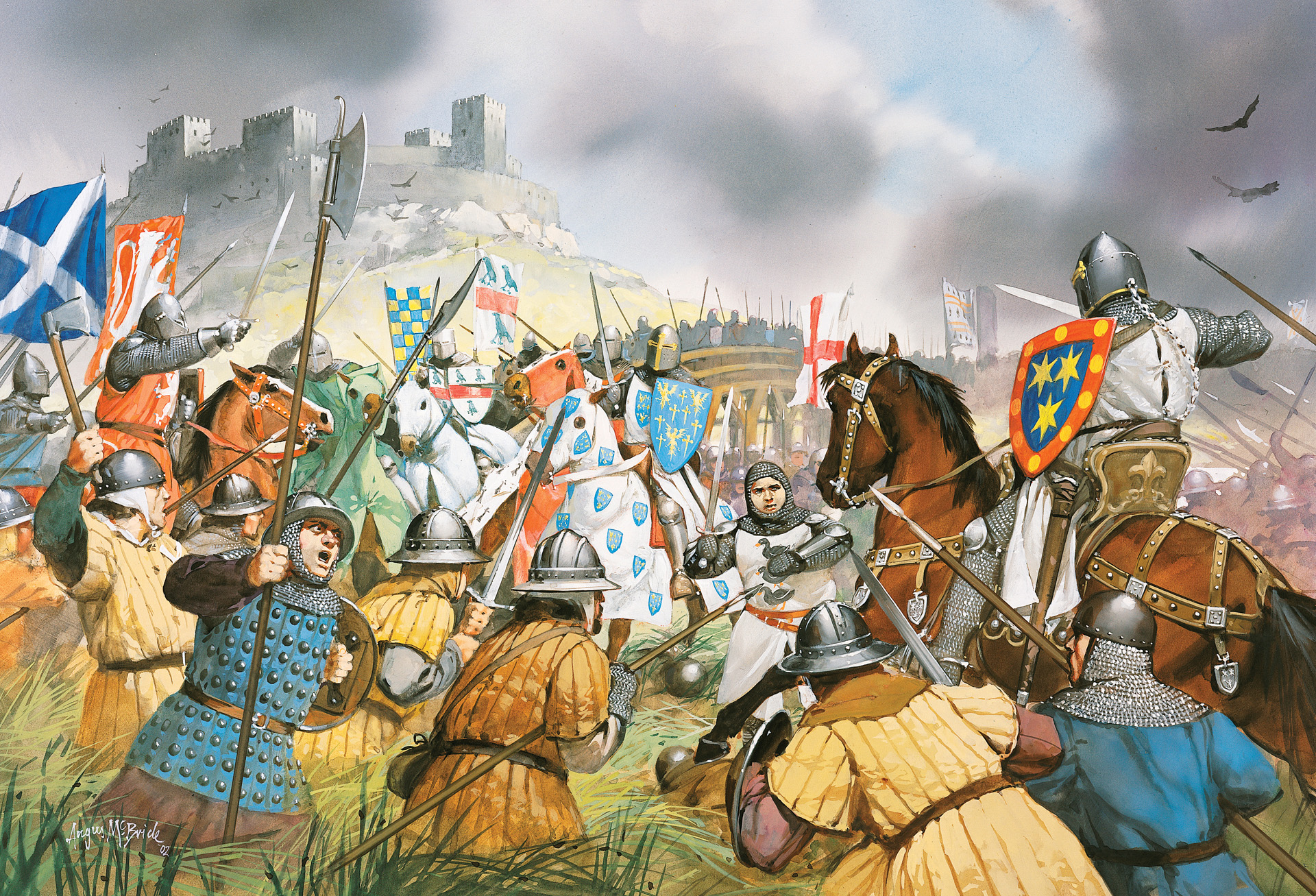
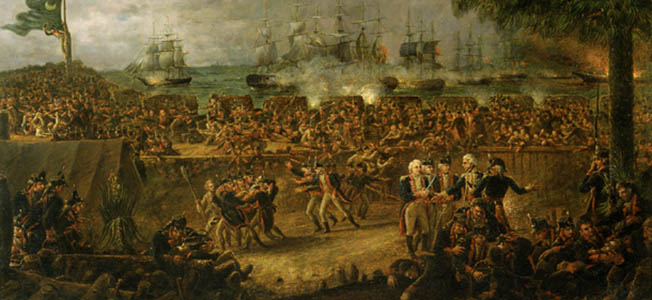

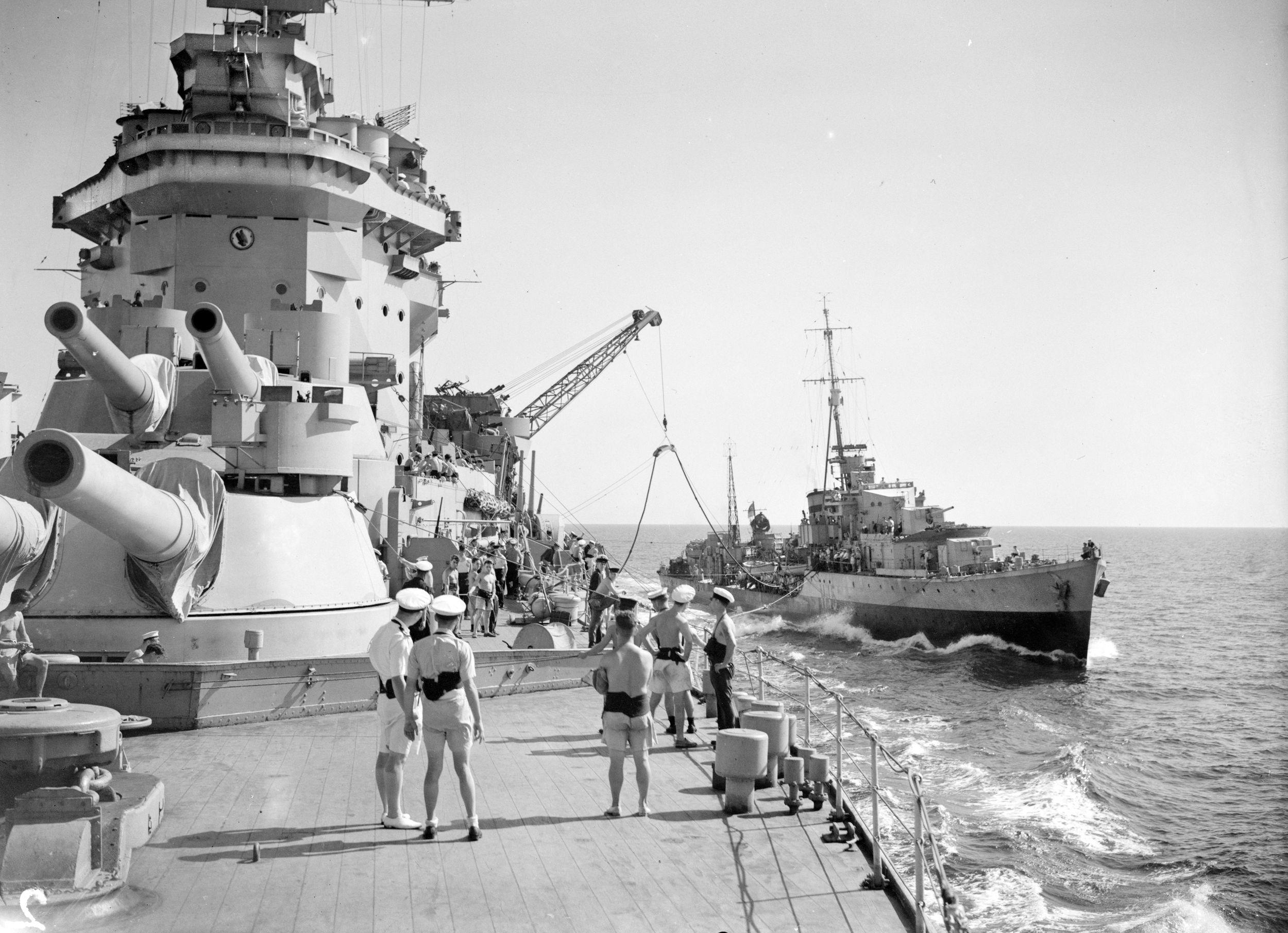
Someone should make a movie of Gillmore’s life, and memorialize him and the ship he commanded.
Indeed… Medals of honour are NOT to be found in cracker jack boxes.. they and the men who are awarded them are a rare breed of the selfless and courageous… and their service is worthy of being memorialized.